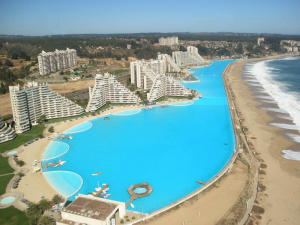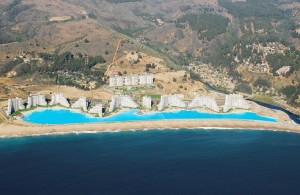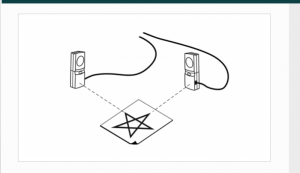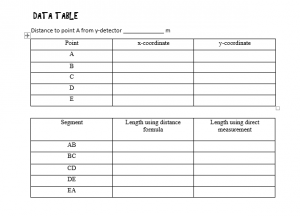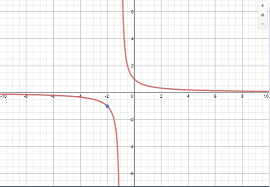This learning progression is designed for a 10th grade Geometry Class. In this unit students learn about transformations in the plane such as translation, reflection, rotation and glade reflections. The CCSS are
CCSS.MATH.CONTENT.HSG.CO.A.2 Represent transformations in the plane using, e.g., transparencies and geometry software; describe transformations as functions that take points in the plane as inputs and give other points as outputs. Compare transformations that preserve distance and angle to those that do not (e.g., translation versus horizontal stretch). CCSS.MATH.CONTENT.HSG.CO.A.3 Given a rectangle, parallelogram, trapezoid, or regular polygon, describe the rotations and reflections that carry it onto itself. CCSS.MATH.CONTENT.HSG.CO.A.4 Develop definitions of rotations, reflections, and translations in terms of angles, circles, perpendicular lines, parallel lines, and line segments. CCSS.MATH.CONTENT.HSG.CO.A.5 Given a geometric figure and a rotation, reflection, or translation, draw the transformed figure using, e.g., graph paper, tracing paper, or geometry software. Specify a sequence of transformations that will carry a given figure onto another
To teach this material I use different teaching methods as well as different activities to elicit students learning. For example, I use modeling to work detail examples and give students a visual aid in the board. At the beginning of the lesson, I use a short warm up that helps students review the material learned in the previous lesson. During and after instruction, students also have the opportunity to work with others and ask questions. To assess students learning, I use their responses to class discussions, questions, and answers to problems in different activities For summative assessment, in this learning progression students will show their knowledge by preforming the different transformations to a shape they select and writing explanations of the changes applied to the figure.
Complete learning progression here High School Geometry
